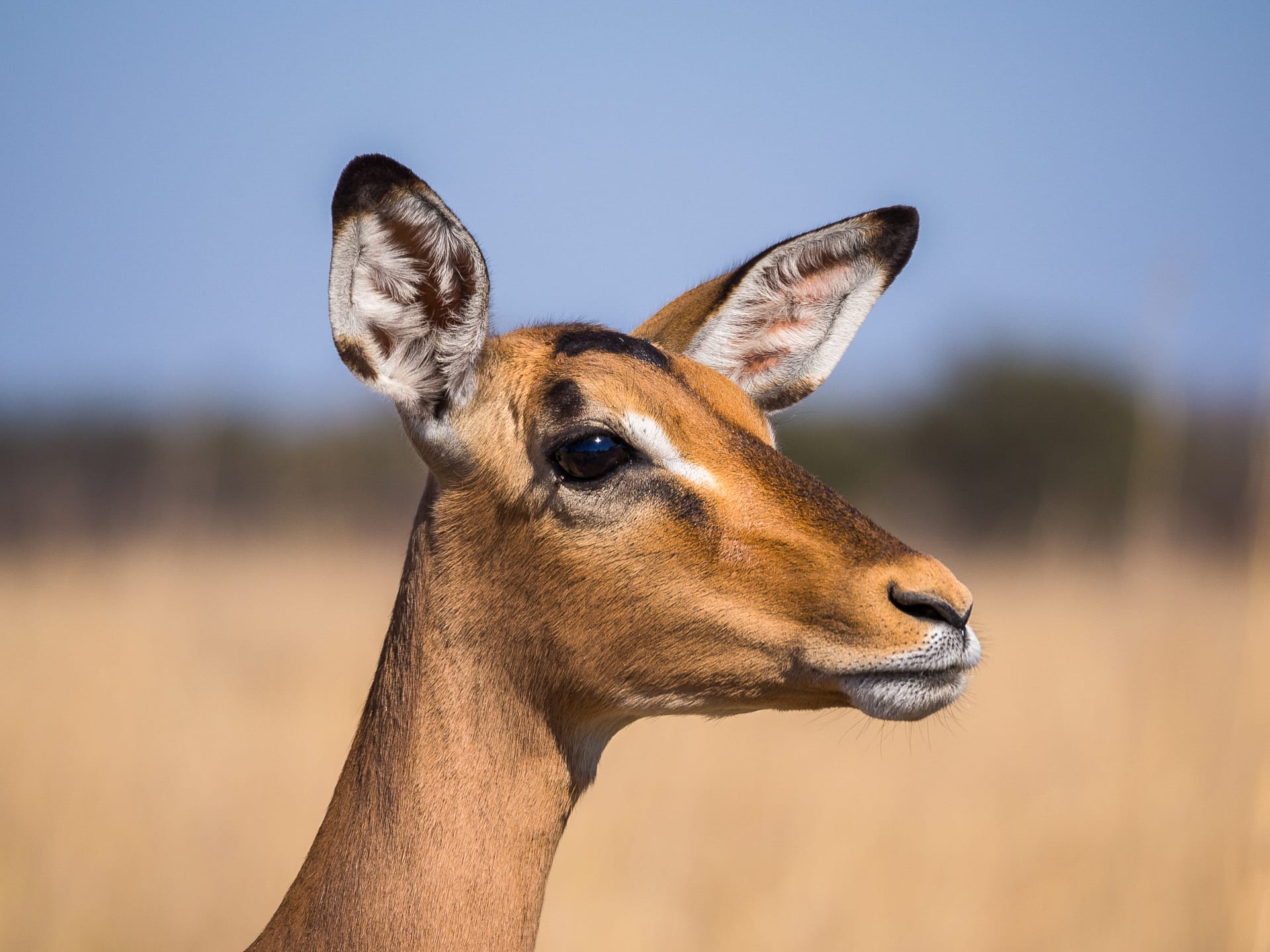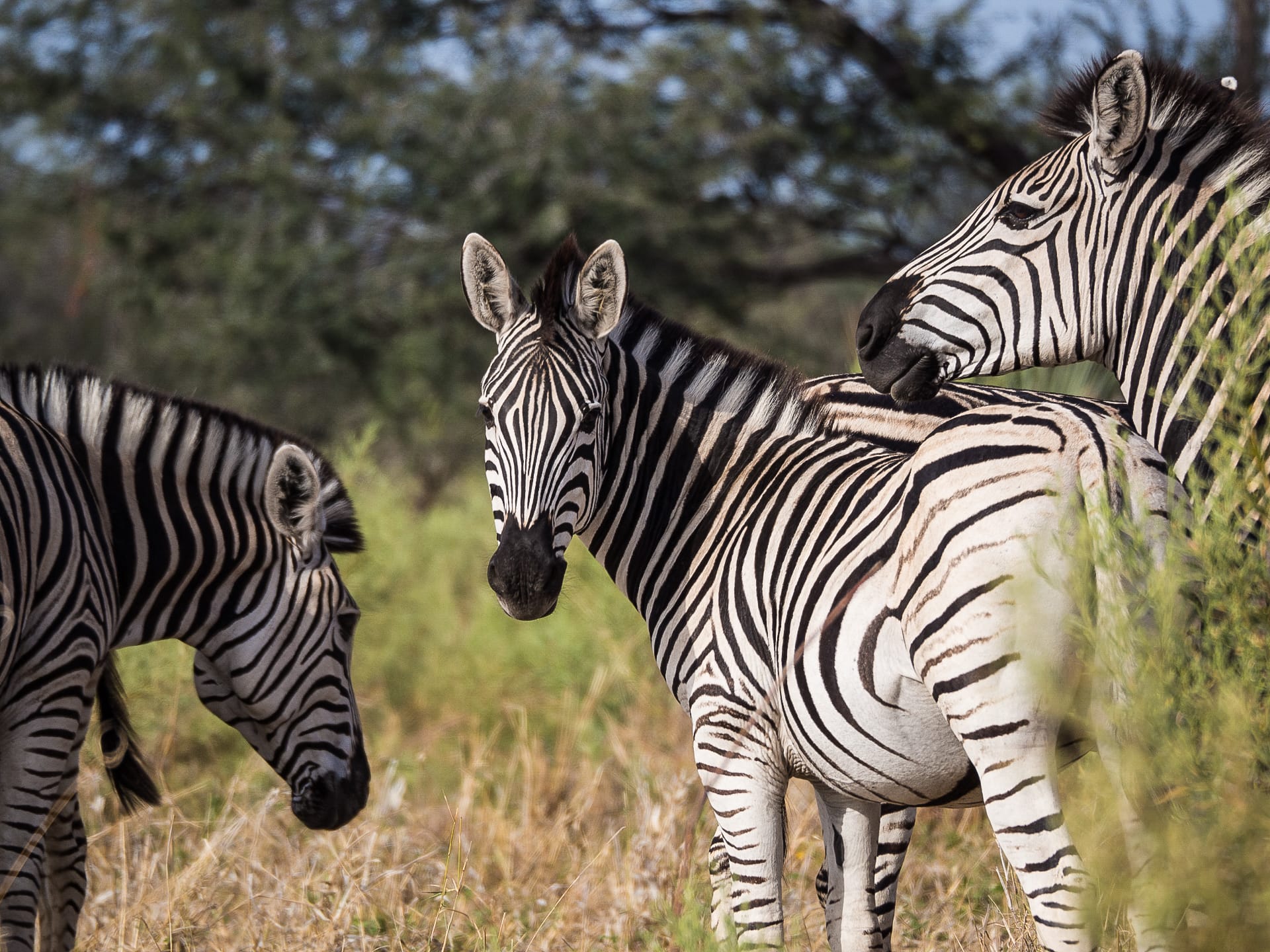Wildlife Photography: Techniques for Captivating Images

Wildlife photography is one of the most thrilling and rewarding genres of photography. Whether you’re shooting majestic lions on the savannah, colorful birds in the jungle, or deer in the local forest, capturing the raw beauty of nature requires a mix of skill, patience, and the right equipment. This guide will explore essential tips and techniques to elevate your wildlife photography.
Understanding Your Subject
The foundation of successful wildlife photography lies in a deep understanding of your subject. Unlike studio photography, where you control the environment, wildlife photography requires adapting to nature's unpredictable rhythms. Start by researching the species you aim to photograph. Learn about their behavior, feeding patterns, and active times of the day or night. For instance, many animals are most active during the golden hours /dawn and dusk/ when lighting conditions are also ideal for photography. Understanding an animal's habitat is equally important. Familiarize yourself with the terrain, vegetation, and water sources, as these are often where wildlife congregates. Observing your subject in its natural environment allows you to anticipate movements and behaviors, such as when a bird is about to take flight or when a predator is stalking its prey.
Equally important is practicing ethical photography by prioritizing the safety and well-being of the animals. Avoid making sudden movements or loud noises that might disturb their natural behavior or cause stress. If you photograph potentially dangerous animals, maintain a safe and respectful distance, both for your safety and theirs. By investing time in understanding your subject, you not only improve your chances of capturing authentic, captivating moments but also develop a greater appreciation for the incredible diversity of wildlife in the world.
Choose the Right Lens
In wildlife photography, a good telephoto lens is essential for capturing distant subjects with clarity. A focal length of at least 300mm is ideal, allowing you to photograph animals without disturbing them. Zoom lenses offer flexibility for changing distances, while prime lenses often deliver superior sharpness.
For Olympus users, the M.Zuiko 75-300mm f/4.8-6.7 is an excellent, lightweight, and budget-friendly option. For advanced needs, the M.Zuiko 300mm f/4 IS PRO provides stunning sharpness and built-in image stabilization.
If you’re using Nikon, consider the AF-S NIKKOR 200-500mm f/5.6E ED VR, which offers excellent reach and vibration reduction at a competitive price. Canon users might opt for the EF 100-400mm f/4.5-5.6L IS II USM, known for its sharpness, durability, and fast autofocus.
With these lenses, you’ll be equipped to capture wildlife with stunning detail and clarity.
Master the Technical Settings
- Shutter Speed: Use fast shutter speeds (1/1000 or faster) to freeze movement, especially with birds or running animals.
- Aperture: A wider aperture (lower f-number) creates a beautiful background blur, isolating your subject.
- ISO: Adjust ISO to maintain proper exposure in varying light conditions, but try to minimize noise.
Patience and Timing
Wildlife photography requires planning, observation, and the ability to wait. Animals are most active during the golden hours when lighting is also ideal. Arriving early allows you to settle in without disturbing the environment, blending in with neutral clothing and quiet movements.
Patience means actively observing your surroundings. Watch for cues like rustling leaves or animal calls that signal movement. When the moment comes, act quickly using burst mode to capture fleeting action. A well-timed shot can tell a powerful story, whether it’s a bird in flight or a predator stalking its prey. Embrace the wait, part of the reward.
Composition is Key
Strong composition can turn a good wildlife photo into a stunning one. The rule of thirds is a classic starting point. Place your subject slightly off-center to create a more dynamic image. Consider including elements of the environment, like foliage or water, to provide context, but keep the background uncluttered to ensure your subject stands out.
Focus on details to create intimate and compelling shots. While capturing the entire animal is often the goal, zooming in on specific features /like the head, eyes, fur texture, or a bird's wing/ can add drama and uniqueness to your images. The sharpness of an animal’s eye, for instance, is critical to creating a connection with the viewer. Frame these details thoughtfully, ensuring they remain the focal point of the composition.

Experiment with perspective by shooting from eye level to the animal, which fosters a sense of closeness. Including diagonal lines, such as tree branches or an animal's stride, can add depth and movement to your frame. By refining your approach to composition, you’ll elevate the emotional impact and artistic quality of your wildlife photography.

Respect the Environment
Wildlife photography is about admiration, not disruption. Avoid disturbing the animals or their habitats. Practice ethical photography by prioritizing the well-being of your subjects.
Post-Processing
Editing can enhance your photos, but keep it natural. Adjust brightness, contrast, and colors to match the scene as you experienced it. Tools like Lightroom or Photoshop are excellent for fine-tuning.
Final Thoughts
Wildlife photography connects us with nature in profound ways, offering a glimpse into worlds that often go unseen. With practice, patience, and the right approach, your wildlife images can tell powerful stories that inspire others to appreciate the beauty of the wild.
What are your most memorable wildlife photography experiences? Share them in the comments below!
Happy shooting!




